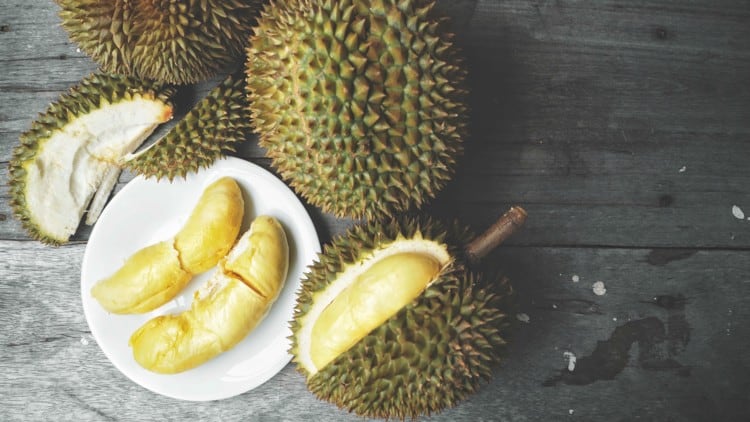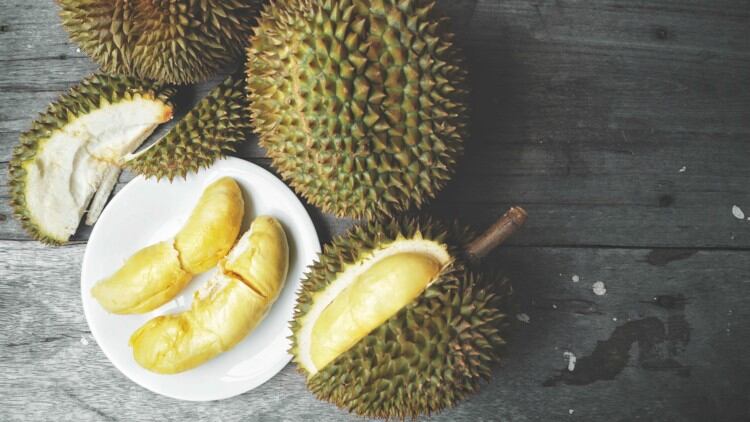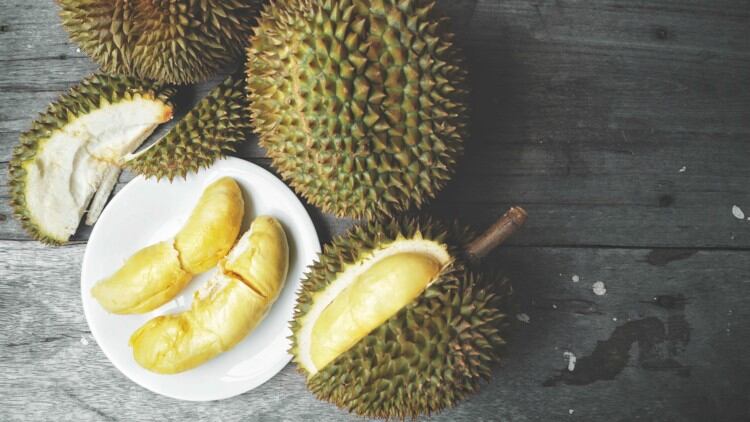Malaysia has been a prime beneficiary of China’s rapidly-increasing demand for durian over the past several years, so much so that talks were ongoing as recently as a year ago to develop a durian-focused category of tourism called ‘durio-tourism’ to capitalise on this demand.
“[Even land prices are positively affected] - Smaller parcels of land have also attracted wide interest from durian planters, supporting an anticipated uptick in value,” said real estate giant Savills Managing Director Paul Khong.
Previous predictions by the country’s Agriculture and Agro-based Industry Ministry (MOA) placed the value of Malaysian durian exports to China at RM12 billion (US$2.93m) annually for 2020, and a large amount of investment has gone into the sector banking on an expected 50% jump in exports by 2030.
The COVID-19 outbreak has upended all of these value predictions – Malaysia entered a state of lockdown with a Movement Control Order (MCO) in place on March 18, which has hit the industry hard in terms of manpower as plantation workers are often unable to get to the farms due to travel distance limitations and/or being unable to communicate with control officers properly.
According to durian trader Tan Chee Keat, the current dry season means that the durian farms need proper care, and a lack of staff could spell doom.
“This is a crucial time to water the durian trees and it is difficult to manage and maintain such a large area without supporting staff,” he told The Star.
“Without enough water, some of the durians will drop before they ripen.”
Demand from China has also dropped severely, both for exports and local tourism purposes. This has led to not only huge drops in durian prices but also large surpluses in stock.
“Our export order has dropped by 70% after Chinese New Year. [People also] dare not travel [here to eat durian] for fear of getting infected. It’s a shame because the durian supply this year will definitely be more than enough due to the long hot weather,” added Tan.
Durian prices in the country have also dropped by up to 50%, with Malaysia’s signature Musang King variant hit especially hard.
A kilogramme of Musang King would normally be priced at around RM55 to RM60 (US$12.67 to US$13.82), but since the outbreak prices have dropped to between RM24 (US$5.53) and RM33 (US$7.60).
Interestingly, the Malaysian government has remained strangely silent about any plans it may have for the durian sector, which it once viewed as one of its most promising food exports.
In the country’s stimulus packages announced to counter the impacts of COVID-19, RM40mn (US$9mn) was allocated to help SMEs in the agriculture sector, and RM1bn (US$230mn) to increase the domestic production of agriculture, fisheries, and livestock products, but that has been the extent of measures for the entire sector, including durians, so far.
Newly-appointed Minister of Agriculture and Food Industries (MOFI, replacing MOA) Ronald Kiandee who assumed the role after current Prime Minister Muhyiddin Yassin ousted predecessor Tun Dr Mahathir Mohammad from Parliament in early March, has not commented on any specific agricultural matters apart from to deny potential food shortages locally.
“The ministry denies media reports that claimed the country’s stocks can only last two-and-a-half months. [The] current stock of local rice at factories, wholesalers and retailers is as high as 523,000 metric tonnes, [not counting] existing stocks in the country,” he said in a statement.
Not all is lost
Despite the lack of support and the many challenges, not all is lost for Malaysian durian farmers and traders.
According to Pahang Fruit Farmers’ Association chairman Melissa Yap, China still has a strong fondness for durians, which means that demand and sales will likely be restored after the crisis passes.
“Yes, now durian tourism is down and there are logistical problems to import to China, but we know the Chinese people still love durians,” she said, adding that durians can last for up to two years when stored in liquid nitrogen freezers, which could help to tide farmers over short-term losses.
In addition, savvy durian operators can opt to process their surplus durians instead of depending on sales of the whole/fresh fruit – processed durian products are also very popular both locally and overseas, and have a much longer shelf-life than whole/fresh durians.




